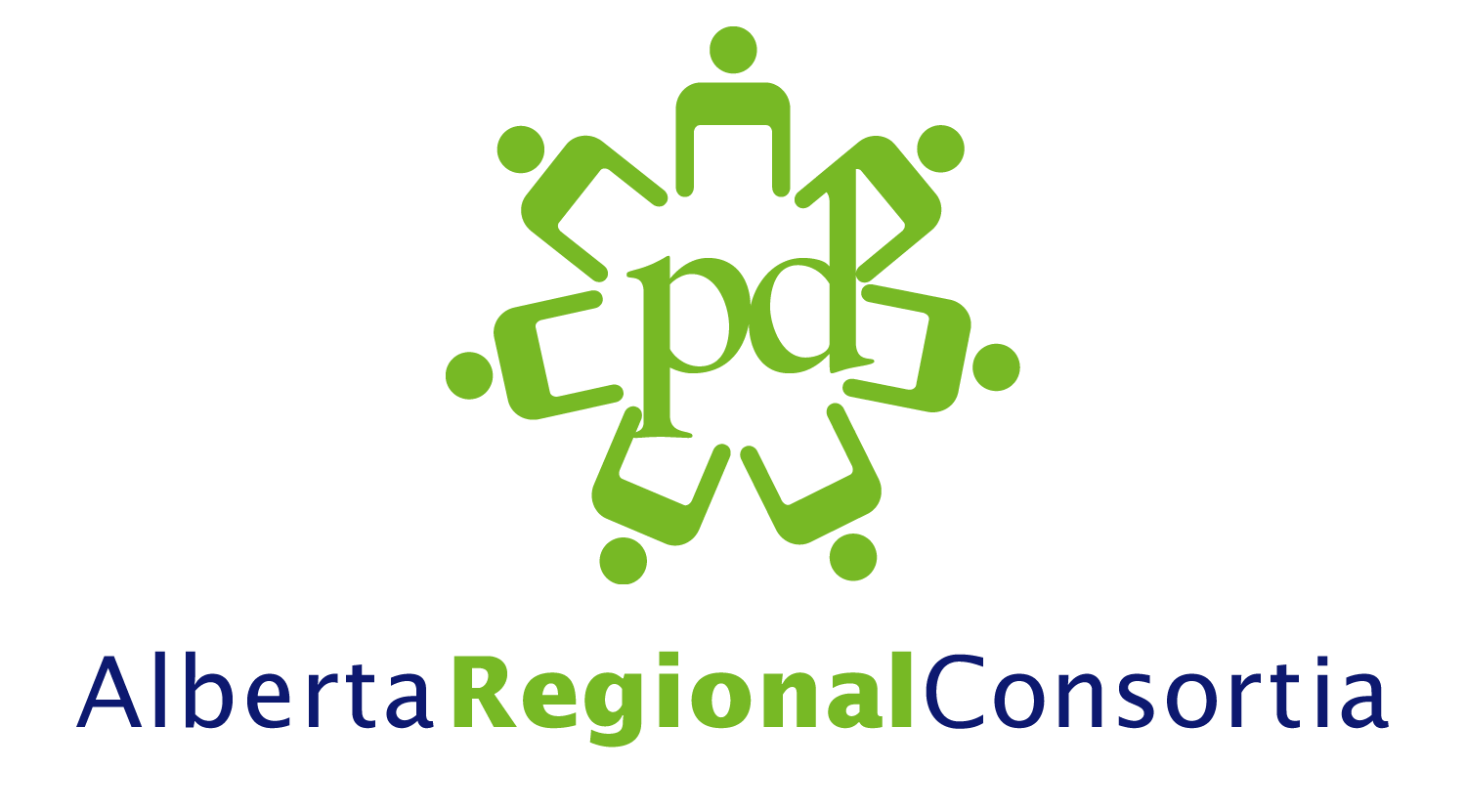Mathematics Vocabulary
Vocabulary used in mathematics k - 6
Special | A | B | C | D | E | F | G | H | I | J | K | L | M | N | O | P | Q | R | S | T | U | V | W | X | Y | Z | ALL
A |
|---|
AttributeAttributes are characteristics of a set of items that allow the items to be sorted and classified. (Learn Alberta) |
C |
|---|
ConcretelyRepresenting a situation or solving a problem concretely means doing so using actual objects. (Learn Alberta) |
Conservation of numberConservation of number is a mathematical concept that was first identified by Jean Piaget in the mid twentieth century. It is the recognition by a young child that quantity does not change with physical rearrangement. (Google defn) Ex. 3+2 is the same as 2+3 Definition: Conservation : The understanding that something stays the same in quantity even though its appearance changes. To be more technical (but you don't have to be) conservation is the ability to understand that redistributing material does not affect its mass, number or volume. (http://www.simplypsychology.org/concrete-operational.html) |
E |
|---|
Equality
|
EquationAn equation is a statement showing that two mathematical expressions are equal. (Learn Alberta) |
I |
|---|
InequalityAn inequality is a mathematical sentence that shows the relationship between quantities that are not equal. The symbols used are "not equal to" (≠), "less than" (<), and "greater than" (>). (Learn Alberta) |
M |
|---|
Mathematical ConnectionsContextualization and making connections to the experiences of learners are powerful processes in developing mathematical understanding. This can be particularly true for First Nations, Métis and Inuit learners. When mathematical ideas are connected to each other or to real-world phenomena, students begin to view mathematics as useful, relevant and integrated. |
Mathematical Problem SolvingLearning through problem solving should be the focus of mathematics at all grade levels. When students encounter new situations and respond to questions of the type How would you …? or How could you …?, the problem-solving approach is being modelled. Students develop their own problem-solving strategies by listening to, discussing and trying different strategies. |
Mathematical Reasoningnote: this is emphasized in the Alberta Mathematics Program of Studies and talked about, but it is not explicitly defined in the Program of Studies. Mathematical reasoning helps students think logically and make sense of mathematics. Students need to develop confidence in their abilities to reason and justify their mathematical thinking. High-order questions challenge students to think and develop a sense of wonder about mathematics. It is difficult to articulate what exactly reasoning is but, drawing on the above, here are some suggestions about what we do when we reason:
This list is not exhaustive (University of Cambridge NRICH project)
|
P |
|---|
PictoriallyRepresenting a situation or solving a problem pictorially means doing so using drawings or representations of actual objects. A visualization of the situation and solution takes place rather than an actual concrete experience of the situation and solution. (Learn Alberta) |
Preservation of equalityWhen performing the same operation with the same value to both sides of the equation the equality is preserved. AB ED Parent Communication In order for equations to be equivalent, the same operations have to be performed on each side where the value of the variable does not change. E.g., 3n + 1 = 7 and 3n = 6 are equivalent equations because 1 is subtracted from each side in the first equation to make the second equation. This is called ‘preservation of equality’. NewFoundland Grade 6 Math Curriculum Guide, page 108 |
S |
|---|
SymbolicallyRepresenting a situation or solving a problem symbolically means doing so using an abstract representation.
And so on. (Learn Alberta) |
V |
|---|
VariableA variable is a symbol used to represent:
|
